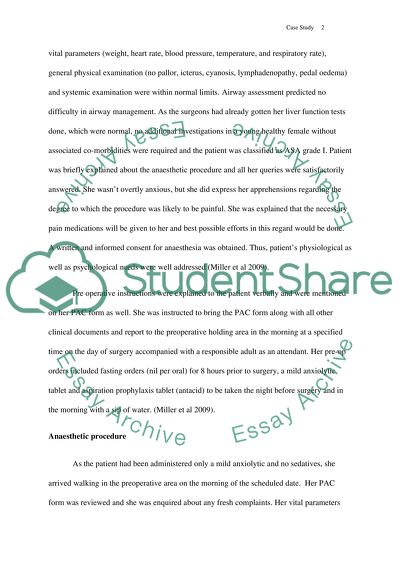Cite this document
(“Case Study Patient Undergoing Anaesthesia Essay”, n.d.)
Retrieved from https://studentshare.org/nursing/1396685-case-study-patient-undergoing-anaesthesia
Retrieved from https://studentshare.org/nursing/1396685-case-study-patient-undergoing-anaesthesia
(Case Study Patient Undergoing Anaesthesia Essay)
https://studentshare.org/nursing/1396685-case-study-patient-undergoing-anaesthesia.
https://studentshare.org/nursing/1396685-case-study-patient-undergoing-anaesthesia.
“Case Study Patient Undergoing Anaesthesia Essay”, n.d. https://studentshare.org/nursing/1396685-case-study-patient-undergoing-anaesthesia.


